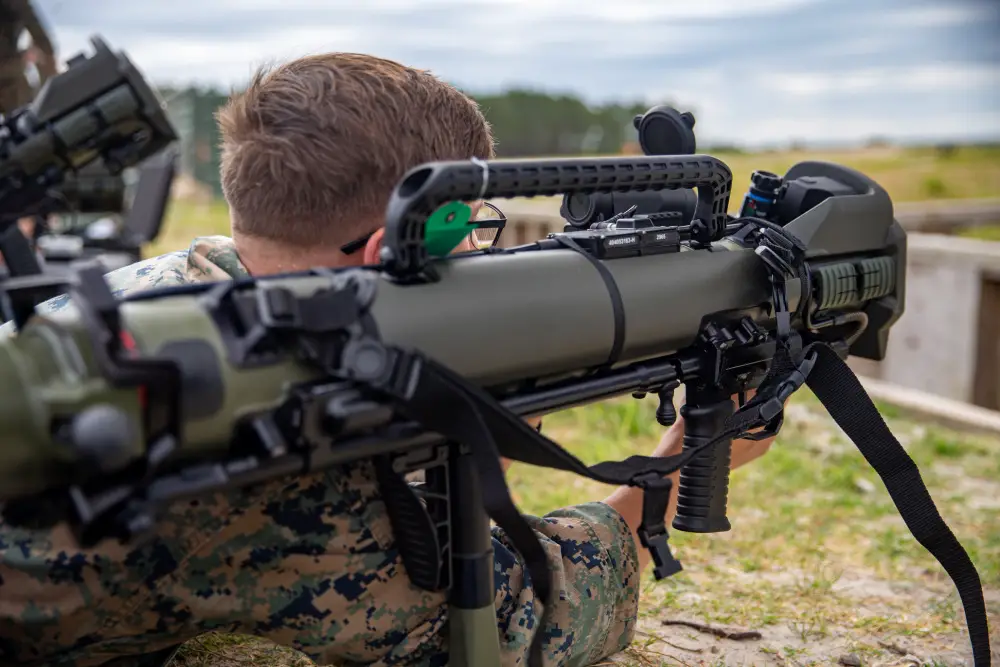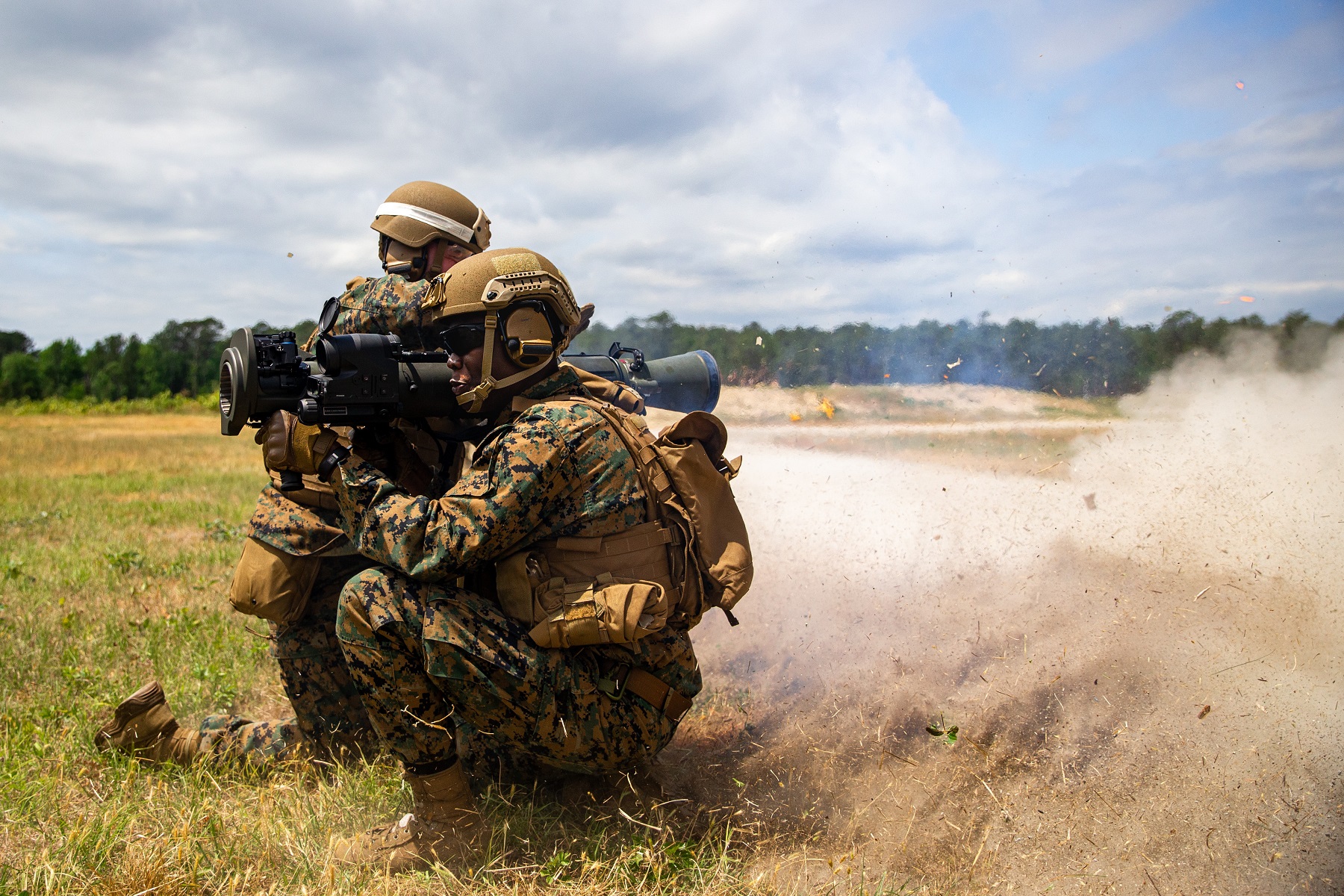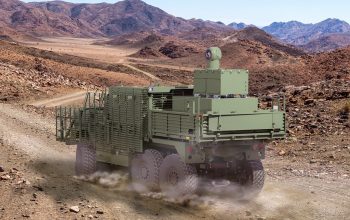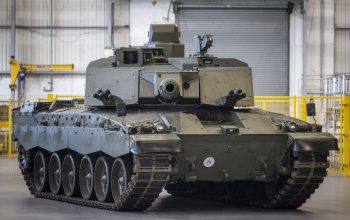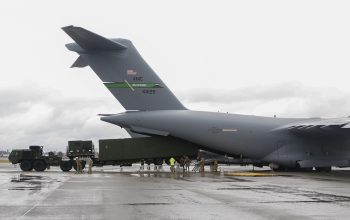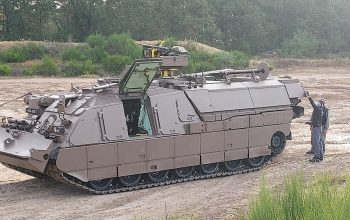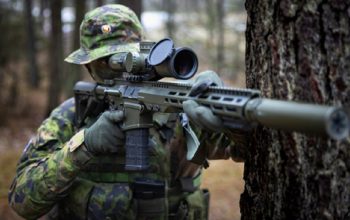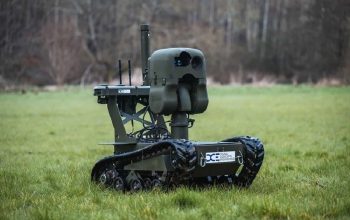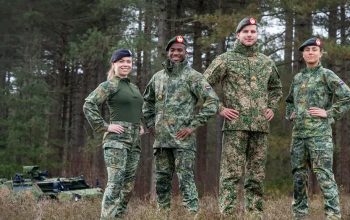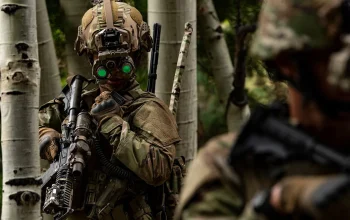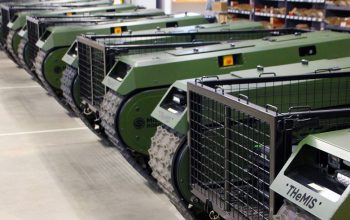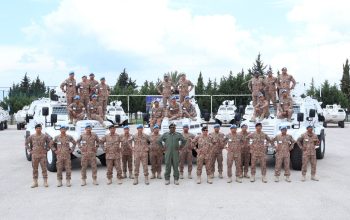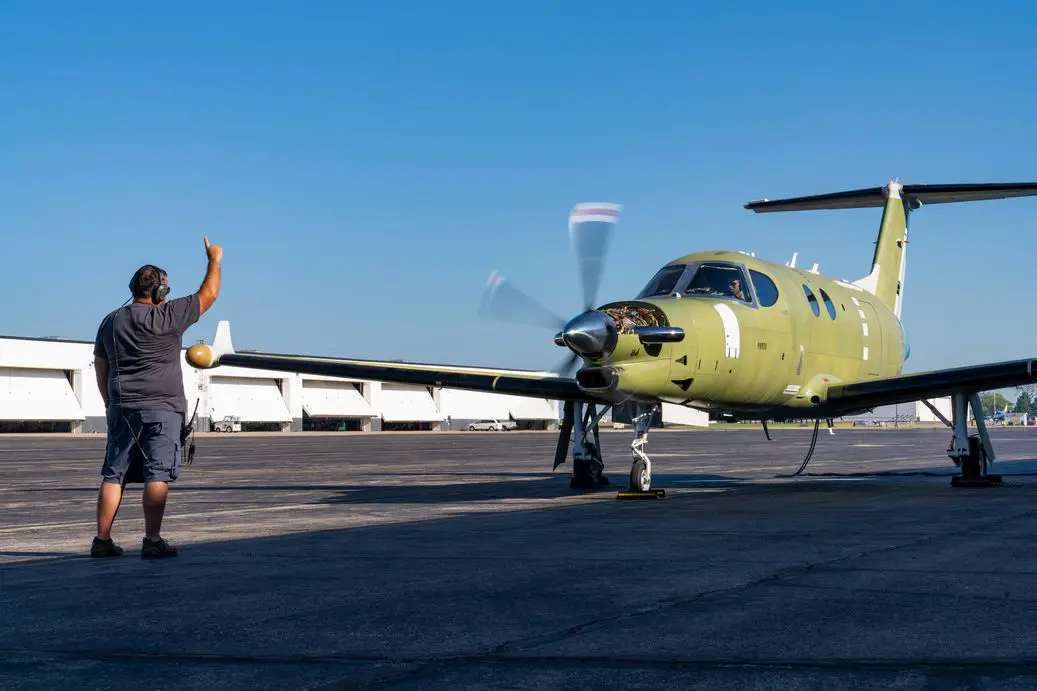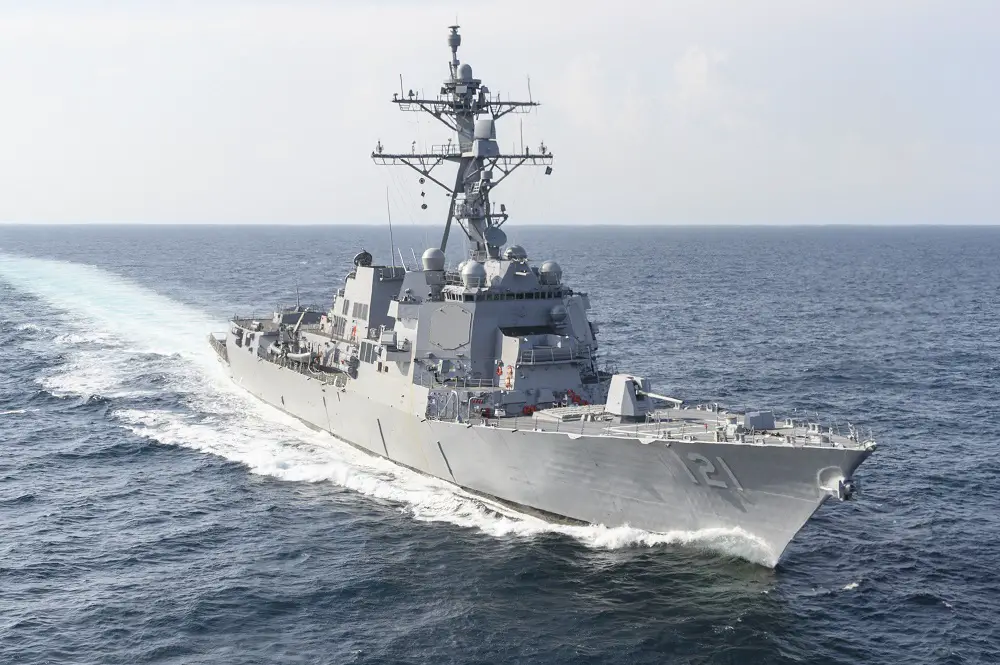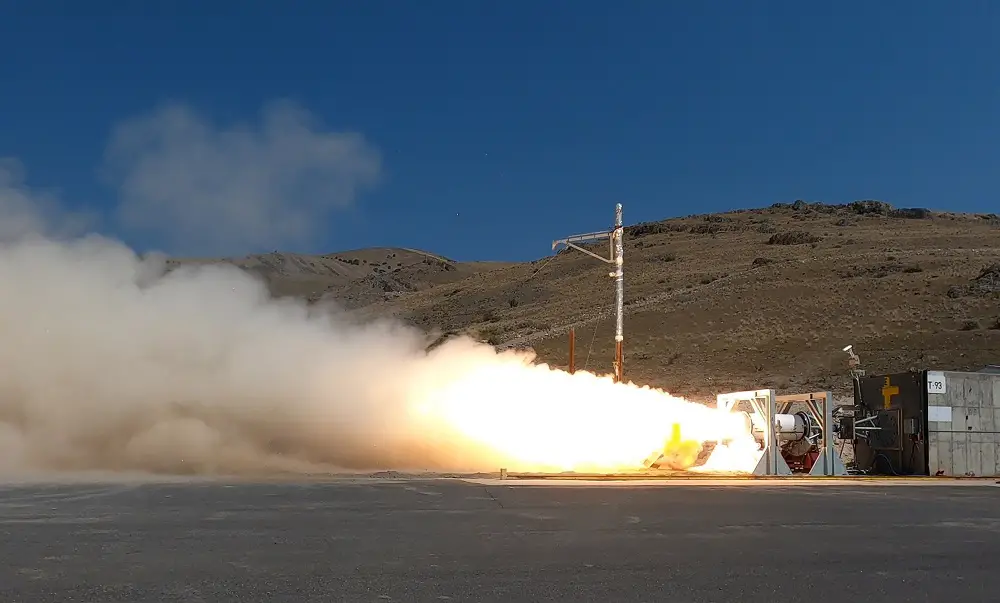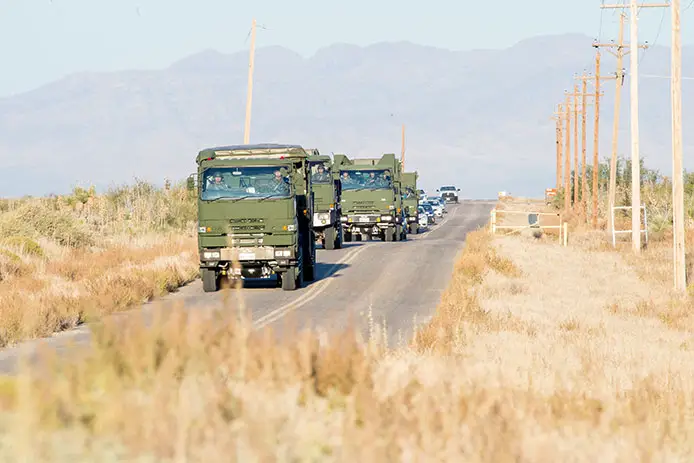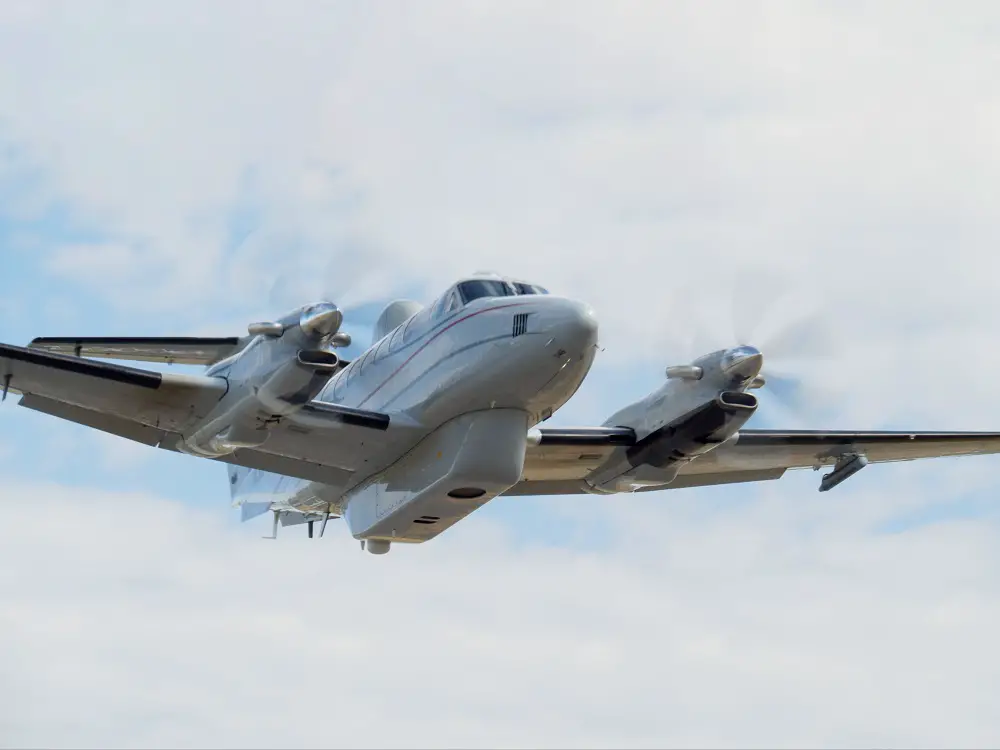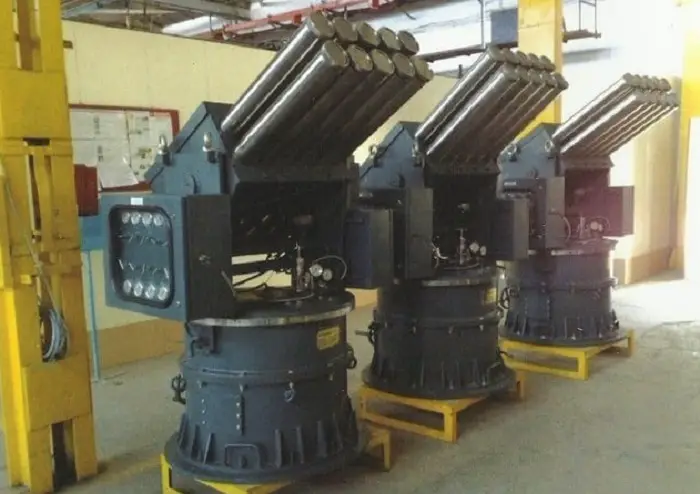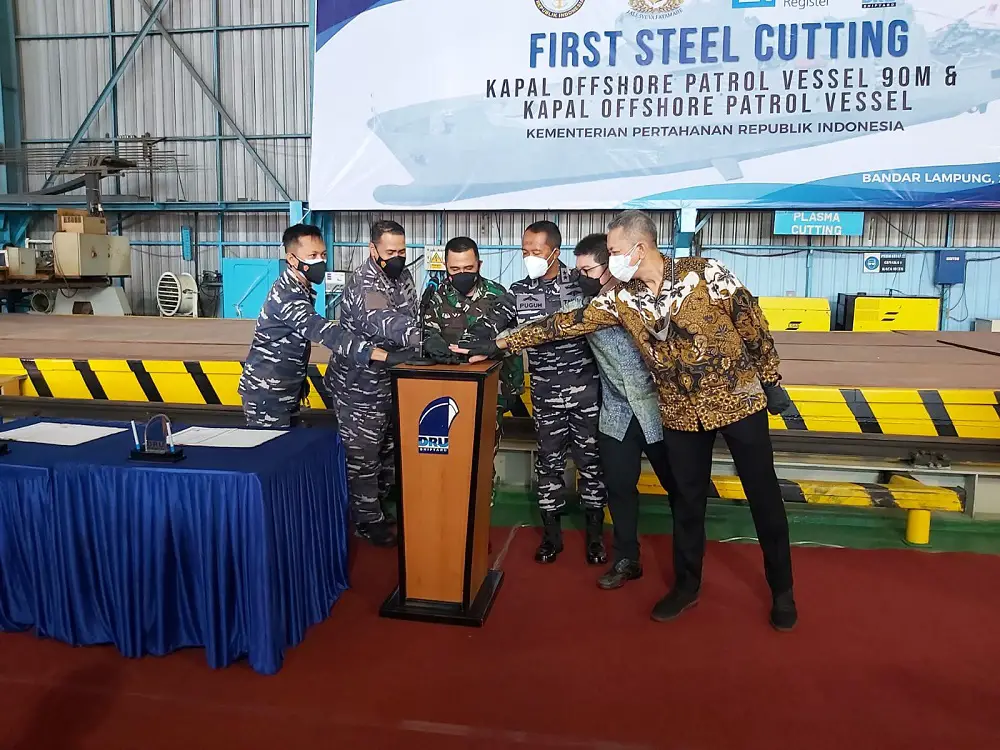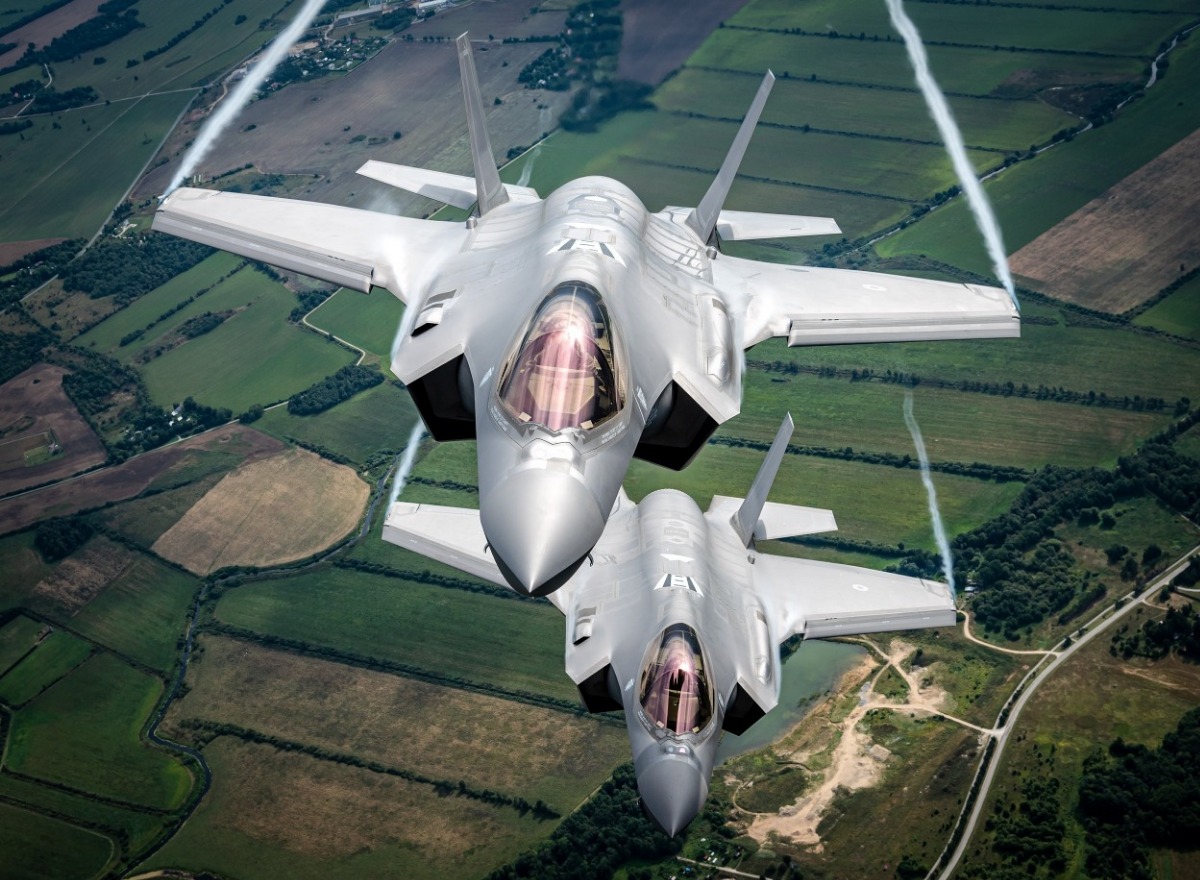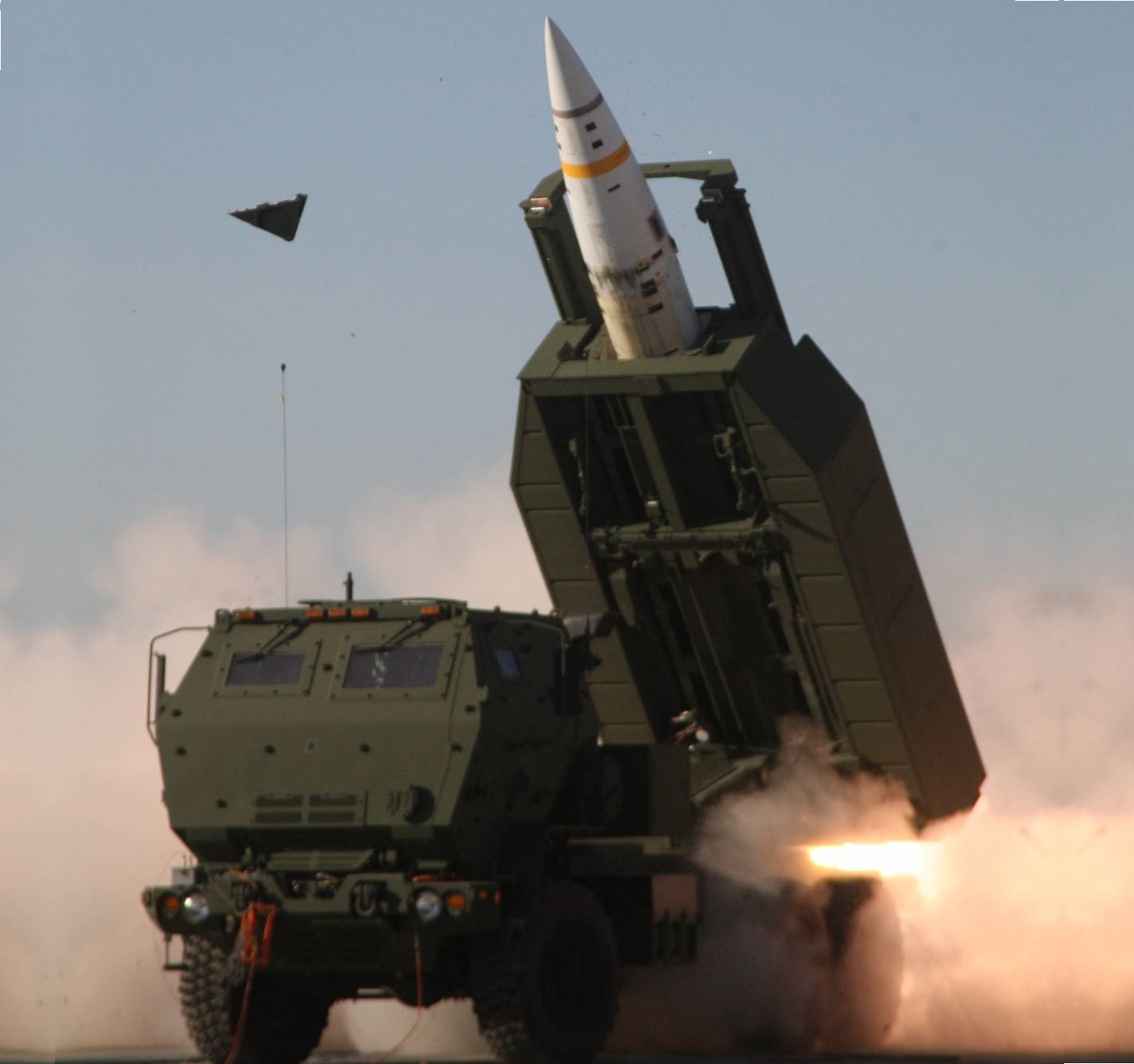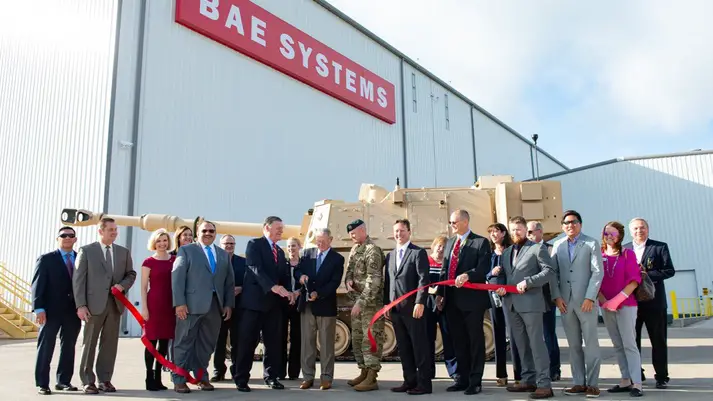US Marines have begun receiving a new, explosive rocket launcher that provides additional protection and lethality in urban environments. In May, Marine Corps Systems Command began fielding the M3A1 Multi-Role Anti-Armor Anti-Personnel Weapons System (MAAWS) to infantry Marines in Camp Lejeune, North Carolina. The MAAWS is a reloadable, recoilless rocket system intended to supplement existing shoulder-fired rocket capabilities. The system consists of the M3A1 Carl Gustaf Recoilless Rifle, a fire-control system and a backup reflex sight Marines can use if the primary optic malfunctions.
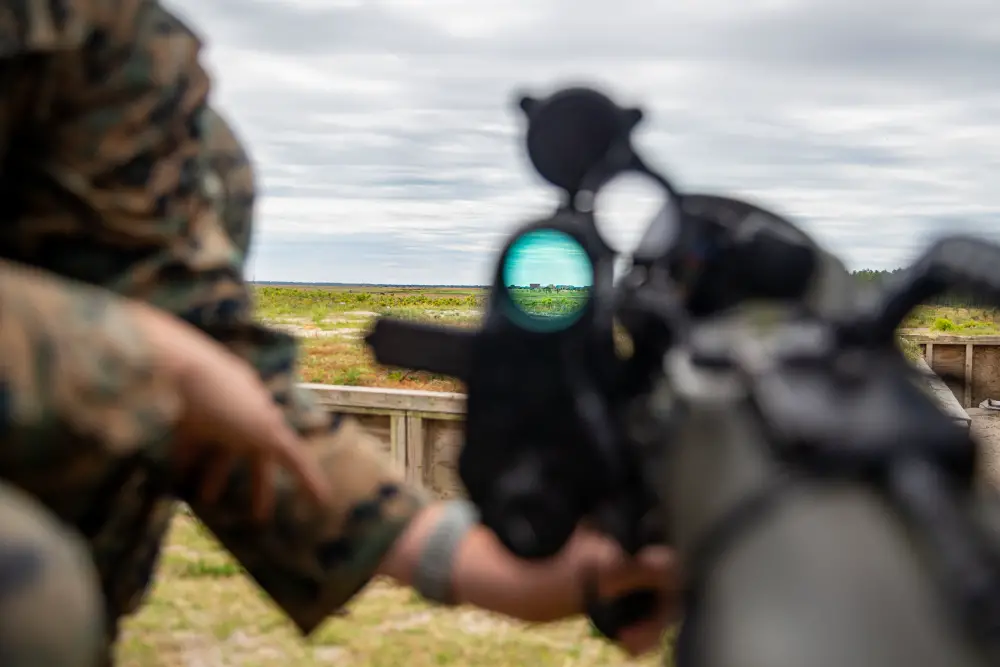
M3A1 Multi-Role Anti-Armor Anti-Personnel Weapons System includes munitions that provide obscuration, illumination, anti-personnel, armor penetration, bunker- and hardened-facility penetration, and other destruction capabilities. The MAAWS is augmenting the Mk153 Shoulder-Launched Multipurpose Assault Weapon, a rocket system initially fielded to Marines in 1984 before undergoing several modifications in the 2000s. The Marine Corps has used the SMAW to destroy armored vehicles, bunkers and other fortifications.
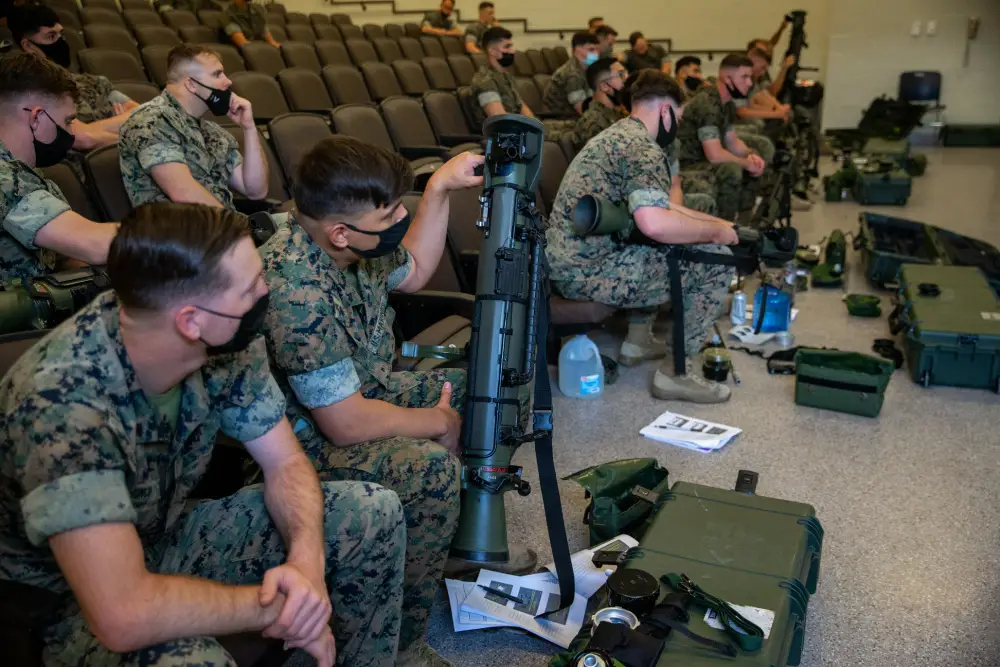
However, the MAAWS can engage enemies at farther distances when compared with the SMAW. The MAAWS can also hit moving targets with the aid of its fire control system, increasing the accuracy and overall lethality of infantry squads. The MAAWS will also supplement the explosive power of the M72 Light Anti-Tank Weapon, a portable, one-shot anti-tank weapon. The additional rounds available to the MAAWS increase a squad’s options for target engagement. This new rocket system shoots farther than any of Marine Corps current shoulder-launched rocket systems.
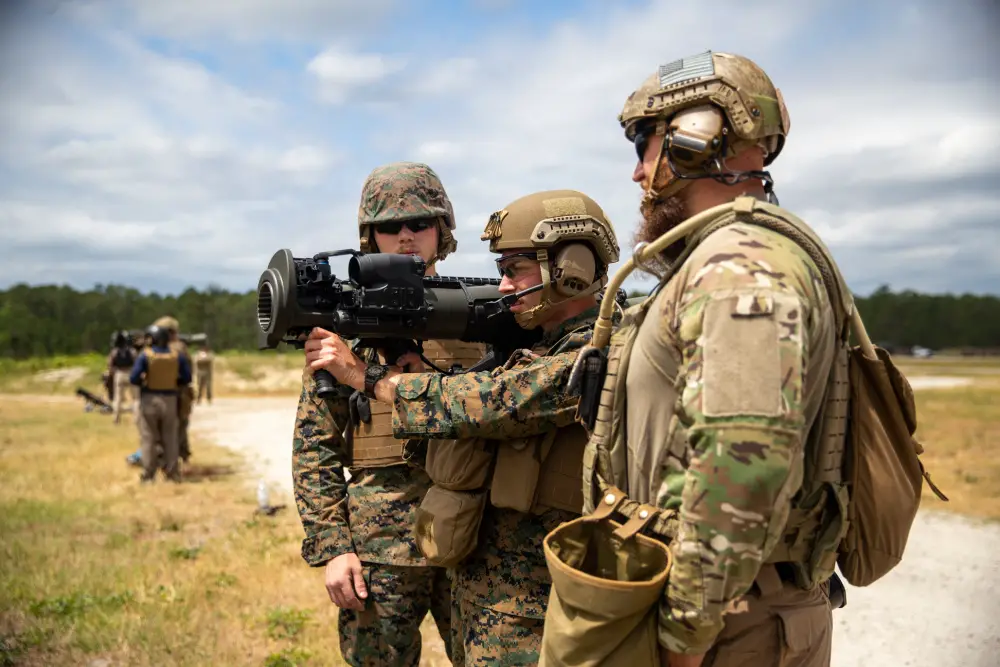
Earlier this year, new equipment, live-fire training events at the Schools of Infantry East and West enabled nearly 100 Marines to test the weapon. 1/2 is tasked as 2d MARDIV’s experimental infantry battalion to test new gear, operating concepts and force structures. The unit’s findings will help refine infantry battalions across the Marine Corps as we continue to push toward the end state of Force Design 2030. The MAAWS was well-received among participating Marines, including Sgt. David Beggel, a squad leader with 1st Battalion, 2nd Marine Regiment. The MAAWS allows platoons to operate in more dispersed environments, supporting Commandant of the Marine Corps Gen. David Berger’s vision for lower-level units to control more battlespace area.
